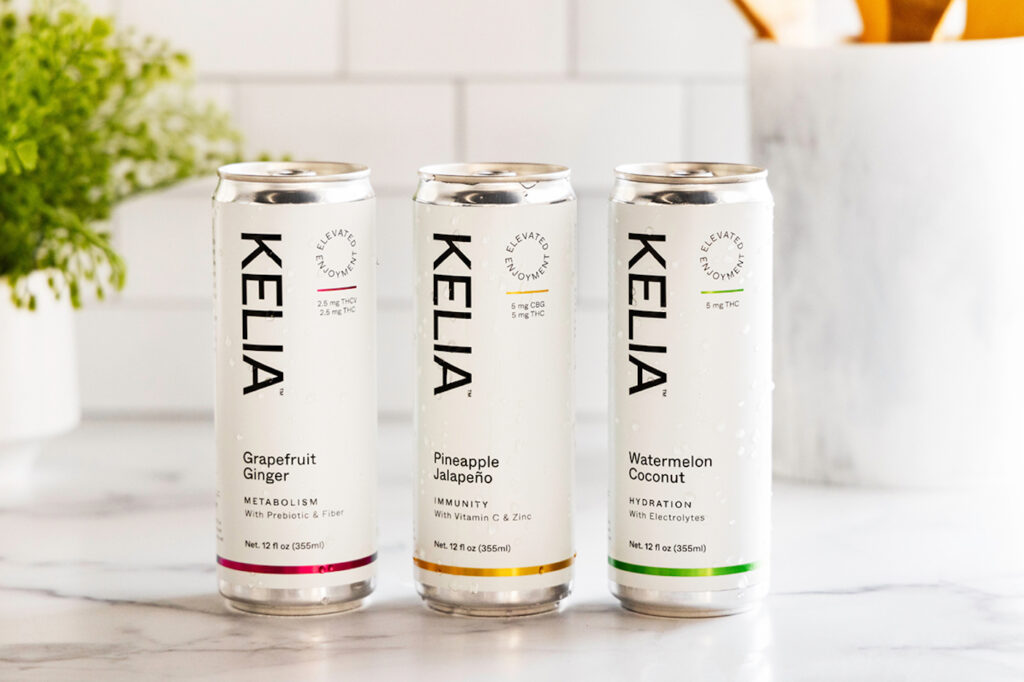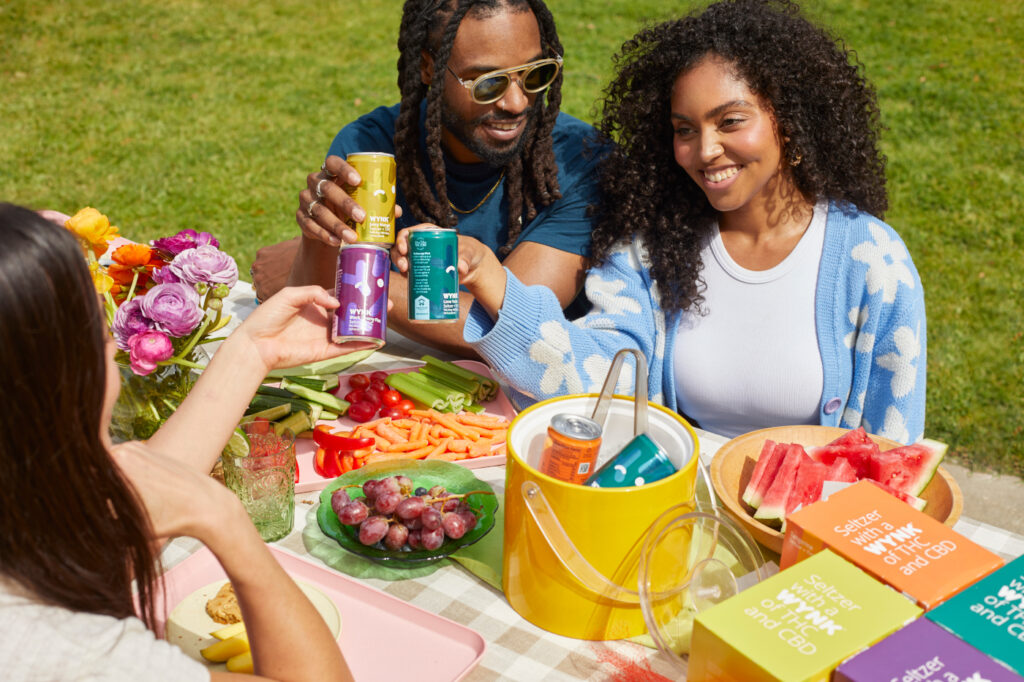Dry January, sober-curious, mindful drinking… The list of contemporary slang for reducing alcoholic beverage consumption grows lengthy, indicating just how devoted people are to avoiding intoxication in social settings. Younger millennials and members of Generation Z are particularly devoted to the trend, driving a demand for alternative libations.
At the same time, not surprisingly, cannabis-infused beverages are experiencing a rise in popularity. From seltzers to juices, these drinks show real promise in transforming the landscape of social drinking.
To capture the interest of those following the sober-curious movement, beverage companies must upgrade everything from their positioning to their can designs to intrigue consumers — making branding more important than ever.
Here’s some advice for companies aiming to align their branding with this new market dynamic.
At the heart of any brand are its core values and mission beyond selling the product. In the case of cannabis beverages, successful branding comes from defining an identity that clearly differentiates the brand from traditional alcoholic beverages. The idea is to determine how the brand wants to be perceived in the market. For instance, a THC seltzer meant to replace alcohol and make social settings more inclusive, like Cann, is different from a THC seltzer like Wunder that is intended to be a healthier alternative to alcohol. Both brands are positioned against alcohol, but one tells a story about diversity and social enjoyment and the other tells a story about feeling good and avoiding alcohol’s negative side effects.
Next, brands must determine a precise target market and what larger story resonates with that market. Maybe the market is moms who want to ditch wine, athletes who want to recover in more effective ways, people who don’t enjoy smoking but want to experience cannabis anyway, or some other group with distinguishing characteristics.
Also consider why the brand exists. What makes it different from other brands? What does it offer customers? Tell that story to the target consumers at every brand touchpoint.
Having a story that connects customers to the brand isn’t enough, though. Brands need a “vibe” to match. It’s important that the brand’s visual identity is not informed by personal preference or purely by what looks good, but rather by that story crafted in the beginning.
From packaging to social media, leveraging imagery and on-brand aesthetics will draw people into the brand and get them to seek out the product. Crucial elements include logos, fonts, color palettes, photography, and packaging design.

For instance, Kelia, an infused tonic, aims to disrupt the THC seltzer market by providing a healthier, more natural alternative to alcohol and sodas. Kelia incorporates uncommon flavors, all-natural ingredients, gentle carbonation, and precise cannabinoid formulations in its products.
In line with the company’s product approach and brand story, marketers decided on a minimalistic visual identity. As a result, Kelia stands apart from its colorful, in-your-face counterparts with a light, bright, feel-good can.
Strategically crafting a cannabis beverage brand is just the first piece of the puzzle. All the elements — story, visual identity, etc. — must represent the “brand promise,” a commitment the brand makes to its customers, outlining what they can expect in terms of quality, service, and experience. And the brand must be relentless in demonstrating its devotion to keeping its promise.
This can be accomplished by careful attention to consistency throughout the marketing plan and overall presence, along with communicating the brand’s values over and over. The promise must be kept not only in consumer-facing interactions, but also across all other areas of the business: internal operations, hiring practices, research and development, product formulations, manufacturing standards, partnerships, and so on.
Remember: Good branding won’t make up for bad business practices or products. For example, beautiful packaging and heartfelt messaging won’t save brand that claims to care about its customers’ well-being but offers cannabis beverages chock-full of harmful ingredients. Therefore, dive into marketing and operations with the brand’s ethos in mind at all times. This looks like:
- Embracing transparency and education.
- Utilizing social media platforms to build authentic community.
- Crowdsourcing opinions, thoughts, feedback, etc.
- Hosting events and experiences that reflect the brand’s mission.
- Collaborating with influencers and advocates who align with the brand’s core values.
Navigating the regulatory landscape is also of crucial importance in this industry. From formulations to marketing, there are many considerations for launching a beverage into the market. Do the due diligence to find out what’s acceptable and what’s not. Invest time and resources into making sure every touchpoint of the business, even beyond marketing, is 100-percent compliant with relevant state regulations.

With THC-infused cannabis beverages specifically, many brands face production or operational challenges due to the complex regulatory landscape. Others avoid regulatory oversight by exploring hemp-derived alternatives that allow them to cross state lines and tap into regions where cannabis is illegal but remains in high demand.
Regardless of the approach you take, consult specialized professionals for marketing and legal issues so your brand and its customers are protected.
As consumers continue to search for innovative alternatives to alcohol, cannabis beverages have a powerful opportunity to reshape society’s practices. Embrace creativity and authenticity in branding and aim to create change that ultimately will help redefine social norms and consumer behavior.

Dan Serard is vice president of sales and marketing for Cannabis Creative Group, an award-winning marketing agency. A six-year veteran of the cannabis industry, he is a member of professional organizations including the Cannabis Marketing Association, Rolling Stone Culture Council, and the National Association of Cannabis Businesses.













